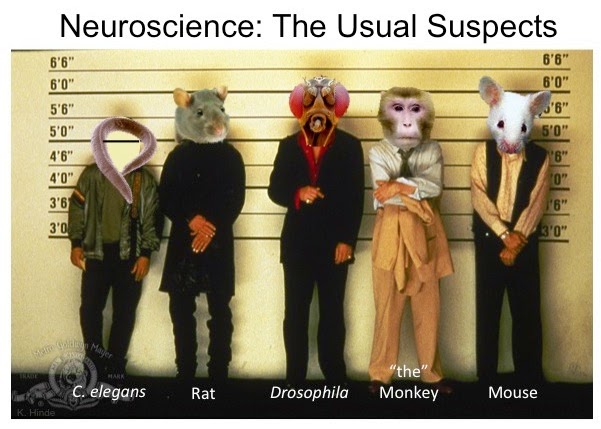Of Mice and Milk, Mind and Memory

Among animal models , C. elegans and Drosophila melanogaster are the heavyweight champions in this domain, but when it comes to lactation, as non-mammals they are of limited use. Enter the lab rat, or mouse in this case. Mice allow researchers to systematically investigate mechanistic pathways through which mother’s milk influences offspring neurobiology, immune function, and behavior. Liu and colleagues (2013) investigated these in concert with the precision and dedication of a neuroscientist Sherlock Holmes , reported in Nature Neuroscience, December 2013. in which I write a blog post almost entirely to justify including this image. The target of their research was maternal tumor necrosis factor alpha (TNF), one of the traffic controllers of the immune system. TNF is a proinflammatory cytokine that stimulates the acute phase reactions of the immune response system, regulating the actions of other immune cells. Generally always present at low levels, TNF increases physiologically dur...

